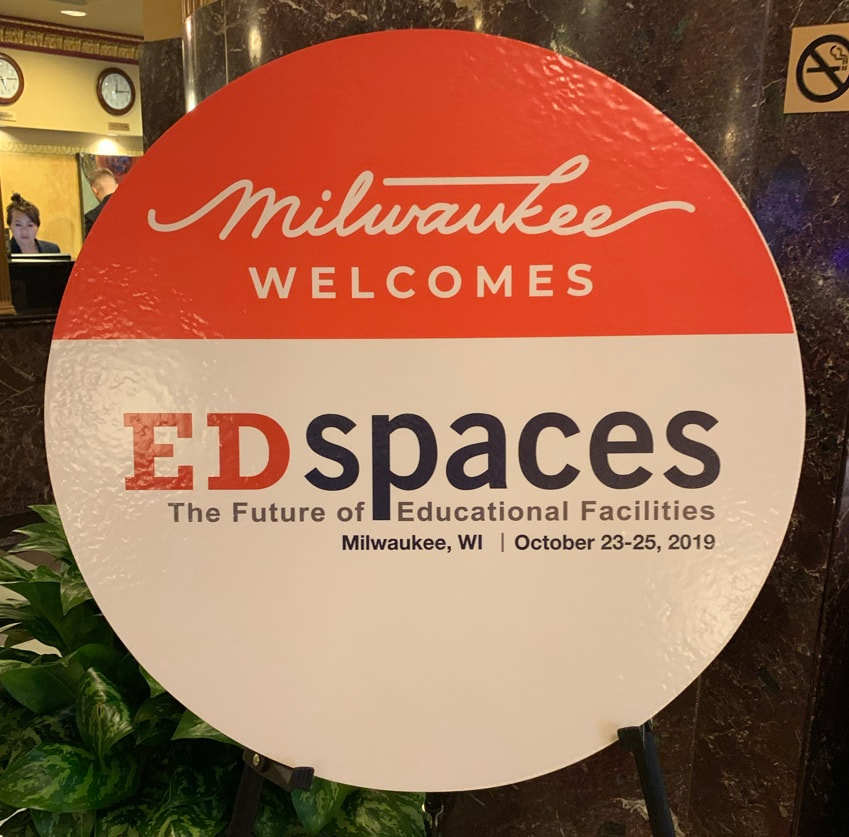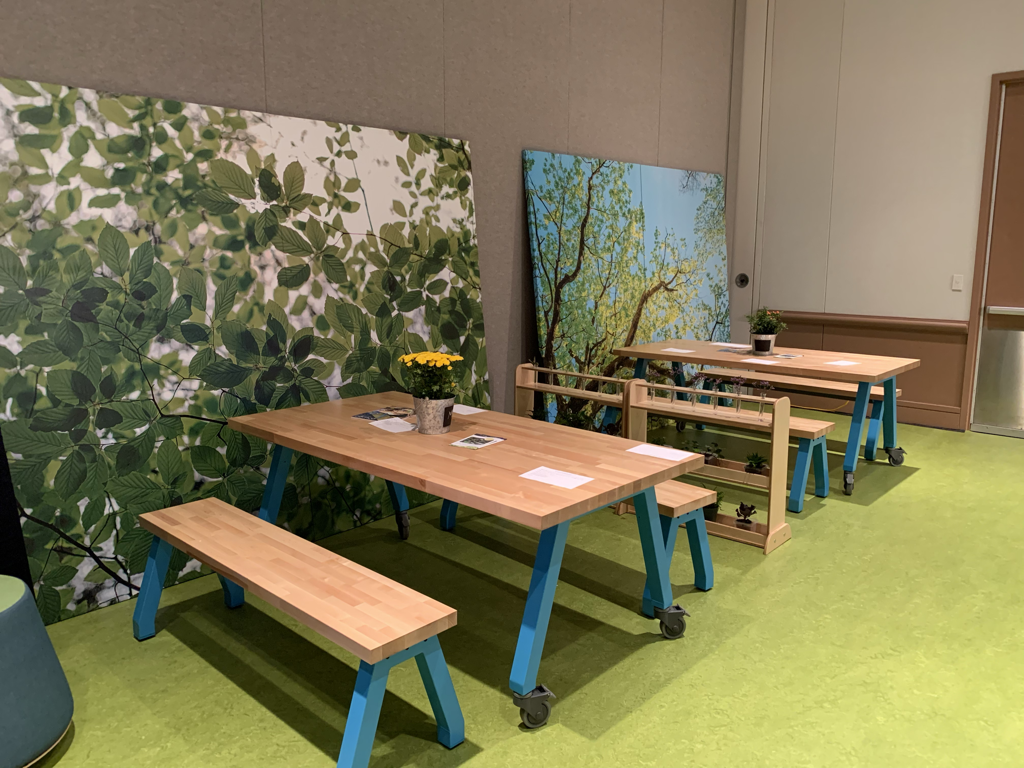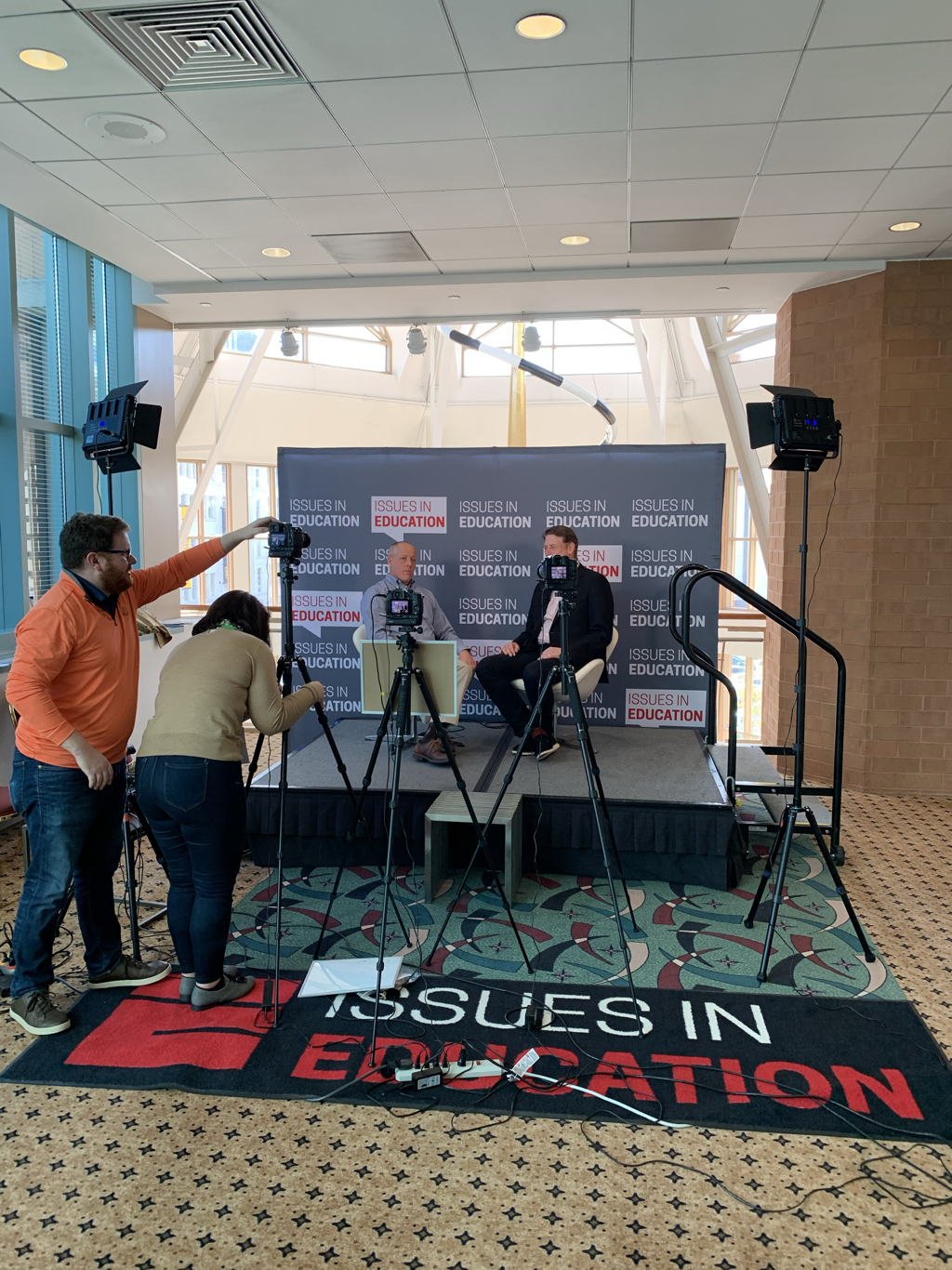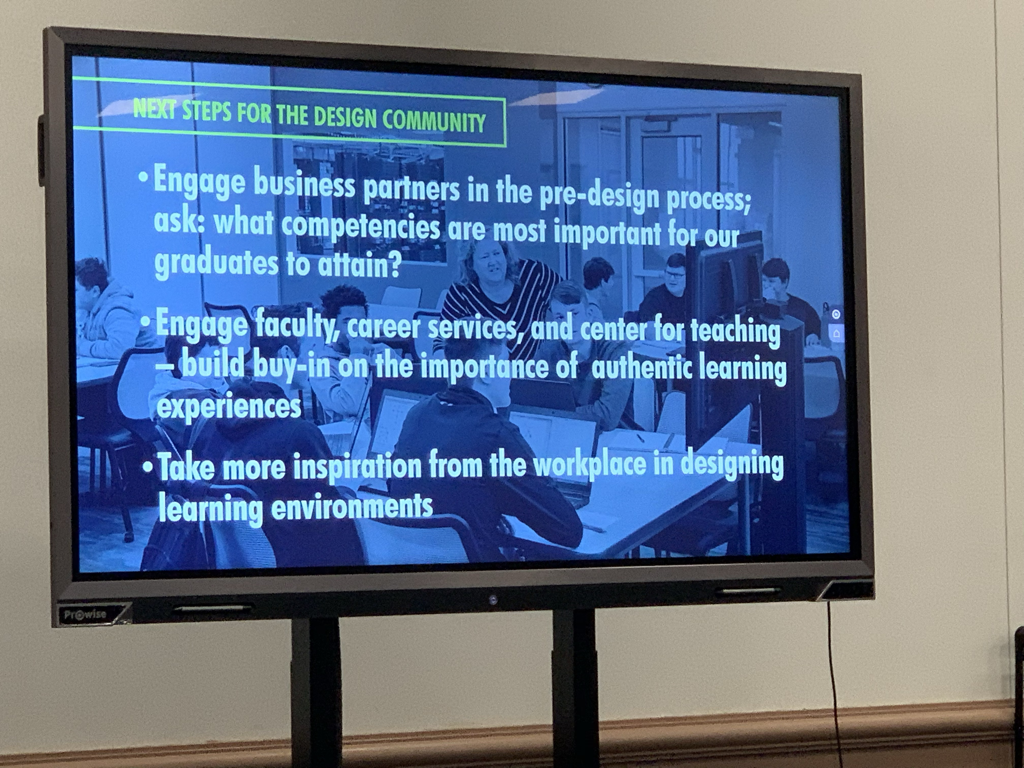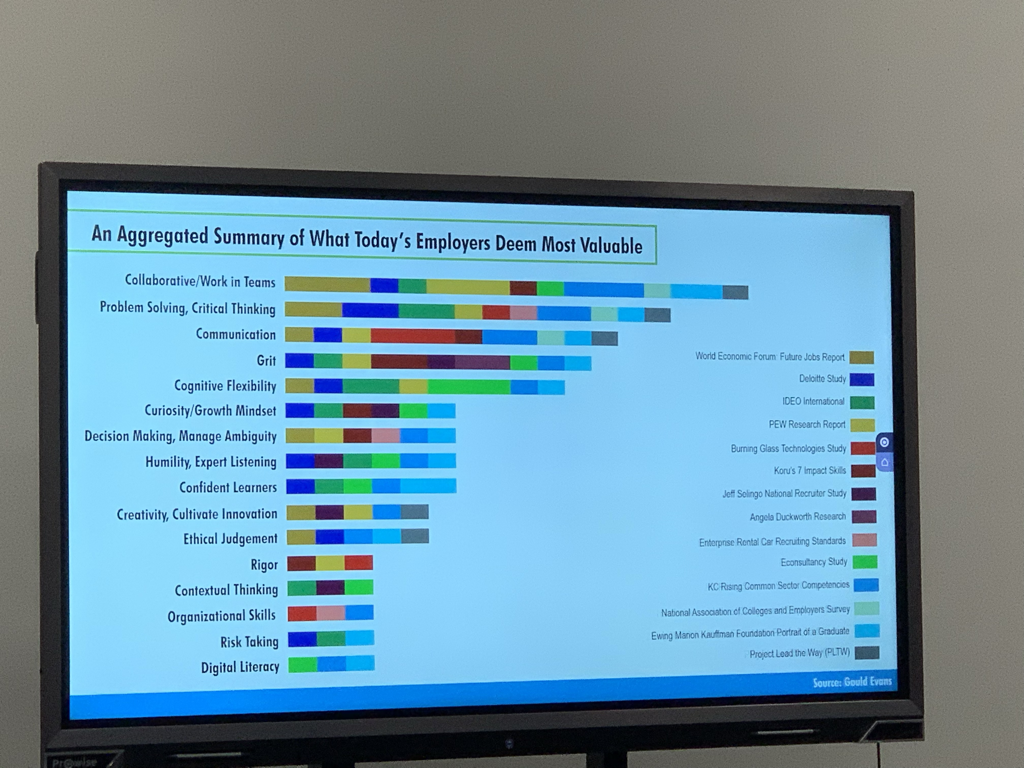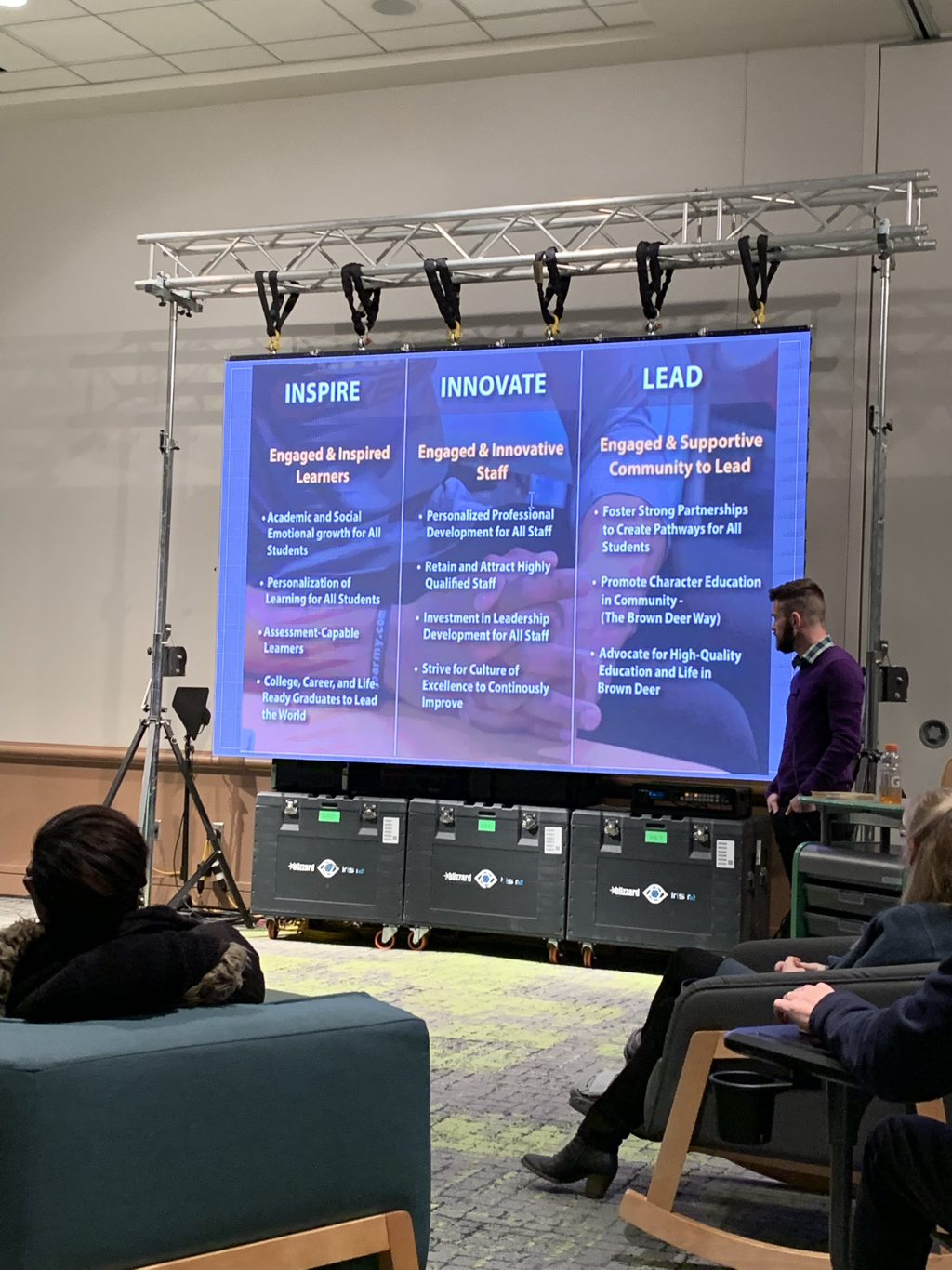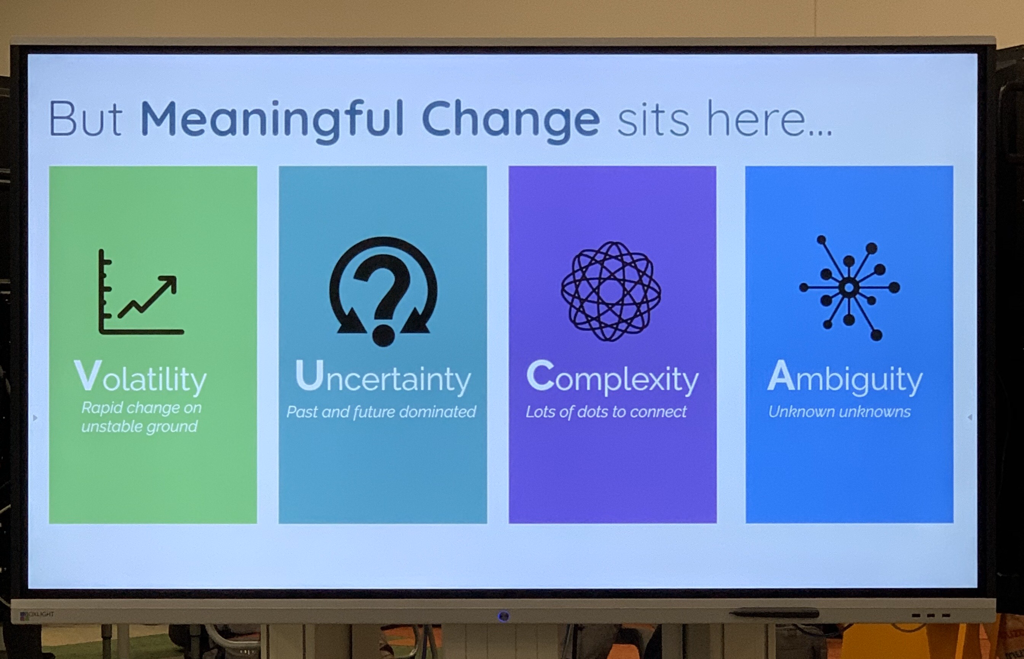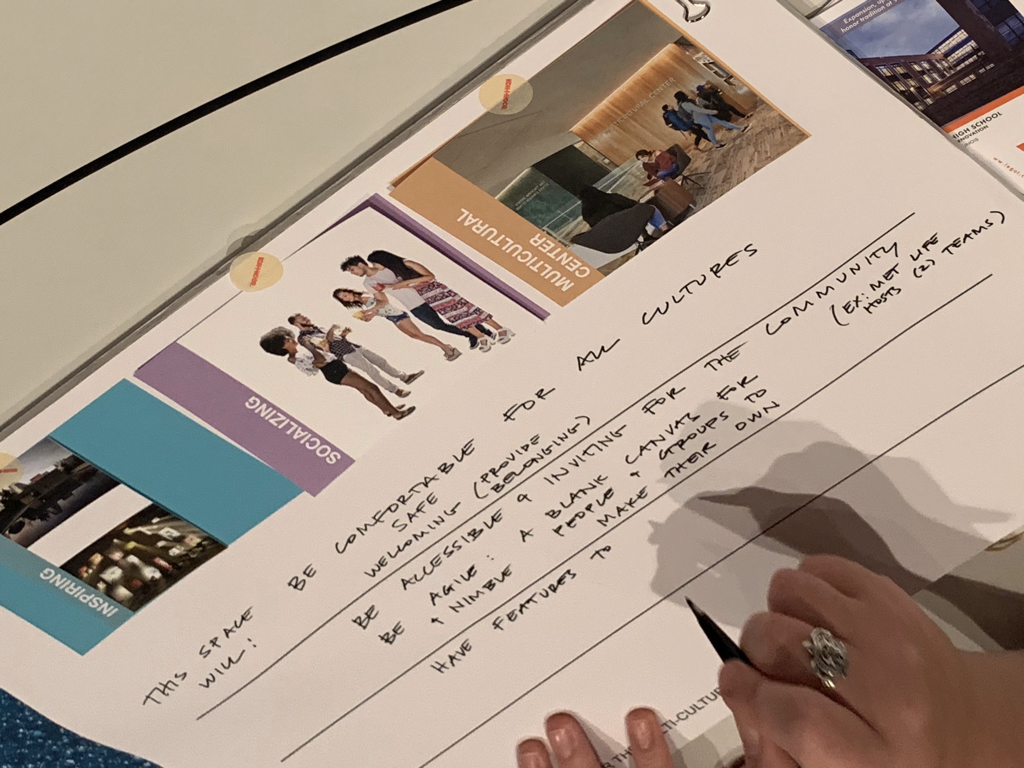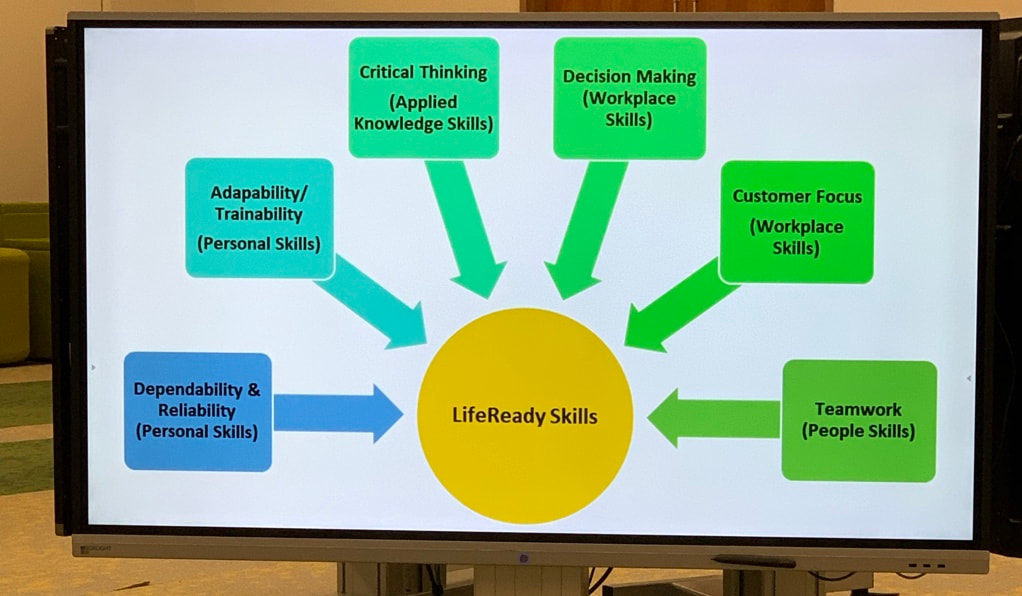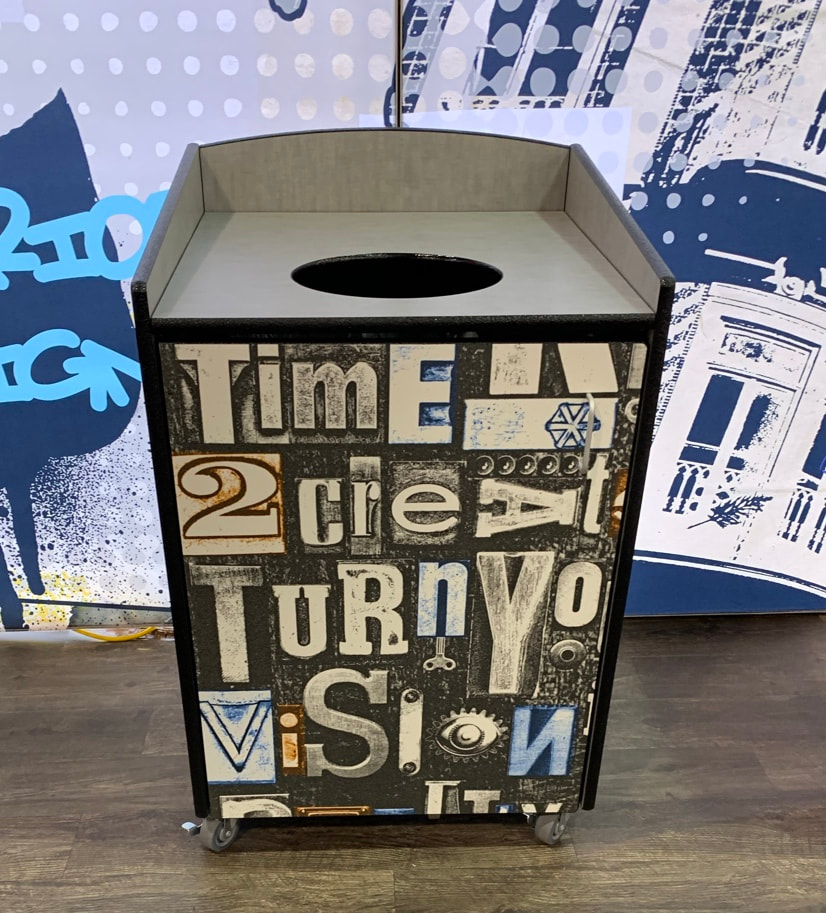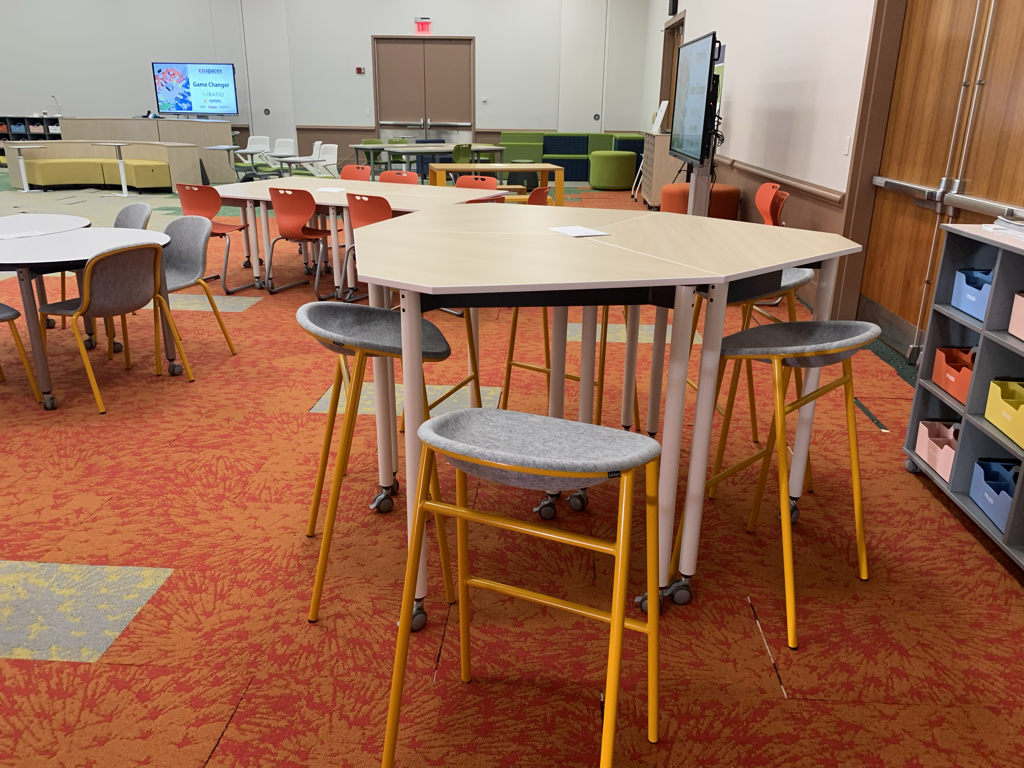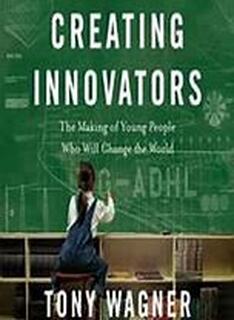|
Below are my notes and takeaways from my learning at EDspaces2019. The conference, held in Milwaukee, WI this year, "the place where technology, space, and pedagogy converge." It was a great opportunity to see learning environments and hear from expert designers, architects, and educators.
Outdoor Learning in an Early Childhood setting Nate Bosch - Landscape architect with GMB
European Forest schools - in Chicago Illinois as well Richard Louv - Pioneer of connecting back to nature academic environments becoming treatment spaces Little Hawks school - Holland, MI
Tips:
21st Century Workplace Competencies: How can design shape student success? Gould Evans
1 Comment
mentoring influences) brought him to several conclusions, among them were that the skills you need to succeed in a competitive academic environment are not related to innovation era. What must we do differently to prepare students for the innovation era?
Next, Wagner identified 5 contradictions in education:
When I recently drove across the Throgs Neck Bridge and noticed that the toll booths had been replaced by fancy overhead structures with cameras and flashing lights, I couldn’t help but wonder… what happened to the toll takers? If you do a Google image search, you will have difficulty finding any pictures that document the removal of the booths… they just disappeared; well, not exactly (as you can see I don't get out much). If you do travel that road every day and see the change happening, then it is not such a surprise. However, as someone who does not regularly travel over the bridge, and many don't, I woke up one morning, drove over the bridge from Long Island, and realized the landscape has changed; and with it, many jobs that used to exist. I think of this as a metaphor for education. If we don’t look at the changes that are happening around us and do something to prepare our students while educating our communities, then change will always come as a surprise. As a high school principal, it is important to me that we seek change and offer opportunities for our students that prepare them for the world outside of our schools. We must continue to innovate and prepare students for a “modern world,” a world where our students will face opportunities and challenges that are developing at a rapid pace. If you notice, I chose the term “modern world’ purposefully as we are nearly 20 years into the 21st century. The skill sets that students need today and the jobs that will be available for them are drastically different than the world I grew up in. 2022 Skill Outlook
Source: Innovate Inside the Box (information taken from the World Economic Forum) This should lead us to think differently about the purpose of school and the goals we have for ourselves and for our students. How are we preparing our students?
 The Fourth Industrial Revolution is upon us and we cannot simply focus on the basics or rote learning. Simply knowing the facts isn’t enough. We must remain, as my drive over the Throgs Neck Bridge demonstrated, ready for change or we risk becoming irrelevant, or worse... obsolete. “Our job is not to prepare students for something. Our job is to help students prepare themselves for anything.” - AJ Juliani (Empower)
|
Categories
All
Archives
October 2023
Whittney Smith, Ed.D.Dr. Smith is the Principal of Mineola High School in Garden City Park, NY. He is also an Adjunct Professor in the Ruth Ammon School of Education at Adelphi University. |
